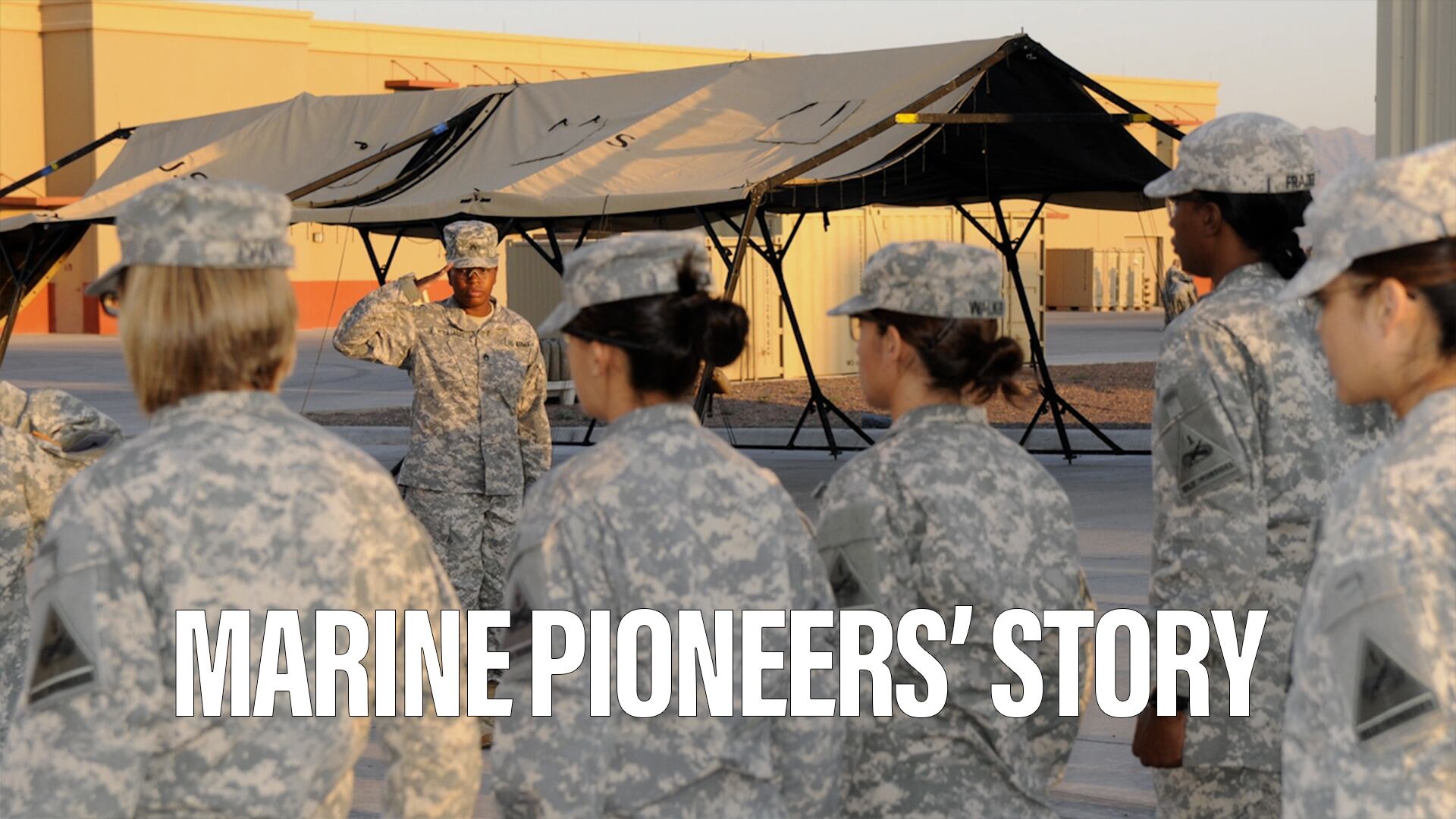SEOUL, South Korea — The mega-competition to build South Korea's indigenous fighter jet, dubbed KF-X, kicked off on Feb. 9. But the first round of bidding in the country's largest-ever arms procurement deal failed due to an insufficient number of participants.
Only the team of Korean Aerospace Industries (KAI) and Lockheed Martin submitted a proposal for the KF-X program by the deadline, according to the Defense Acquisition Program Administration (DAPA). Under the local procurement rules, all defense development and manufacturing programs must have at least two bidders.
The second round of bidding, which will close Feb.ruary 24, is expected to be a two-way race as the national flag-carrier Korean Air vows to lodge its bid in collaboration with Airbus Defence and Space, a military aircraft division affiliated with the Airbus Group.
Without a competitor, the KAI-Lockheed team would win is to win the 8.6 trillion won (US $7.8 billion) project for developing an F-16 class twin-engine fighter aircraft over the next eight years.
About 120 fighters are scheduled to be produced after 2023 to replace the aging fleet of F-4s and F-5s. Indonesia will provide 20 percent of the development costs, with a domestic company covering 20 percent, and the government supporting the rest.
"We're preparing to submit a proposal by the deadline of the second round of bidding, in collaboration with Airbus Defence and Space," a Korean Air spokesman said, adding his company signed an agreement with the European defense firm for the KF-X partnership.
The carrier's aerospace division has long manufactured a variety of military aircraft, such as the MD 500 helicopter, F-5 fighter aircraft and UH-60 helicopter, under licensed agreements. The division is also specializes in research and development of unmanned aerial vehicles as well as maintenance, repair and overhaul MRO services for both commercial and military aircraft.
The Airbus Group aims for a comeback to the Korean market after it was defeated by Lockheed Martin in the F-X III contest in 2013.
The Eurofighter consortium's Typhoon was a dark horse in the contest, insisting it had on advantage of lenient technology transfer restrictions, but it was priced out later.
Boeing had been thought to join hands with Korean Air, offering the F/A-18E/F Super Hornet as a reconfiguration platform for the KF-X.
However, the Seoul government favored a KF-X based on a new design, aircraft platform, which demoralized the Chicago-based firm's bid.
Despite the Korean Air team's challenge, KAI-Lockheed Martin has is in the upper hand in the competition, which is the largest ever arms deal in the South Korean arms procurement history.
KAI successfully developed the T-50 Golden Eagle supersonic trainer jet and exported scores of T-50s. It has also deployed T-50's light combat variant, FA-50, with the South Korean Air Force.
Lockheed Martin, which won the F-X III contract to sell for 40 F-35A joint strike fighters, has already been linked to the KF-X program, as it is obliged to transfer key aircraft technologies to South Korea as part of the F-X III offset agreements
"KAI is equipped with better infrastructure than it had after it developed the T-50," Ha Sung-yong, president of KAI, said at a press conference on Jan. 28. "We're confident that we can meet the deadline and cost for the KF-X development."
Many experts bet on the KAI-Lockheed team.
"It's kind of a one-sided game already," Kim Dae-young, a researching member of the Korea Defense & Security Forum, a Seoul-based private defense think-tank.
"KAI has a good experience of developing numerous aircraft, such as the T-50 jet and the Surion troop-carrying helicopter," Kim said. "Lockheed Martin, for its part, has a proven record of building a fighter jet in partnership with foreign governments, including South Korea for the T-50, and Taiwan for the AIDC F-CK-1 Ching-kuo."
The only variable for the KF-X race is the budgetary issue, Kim added.
"There is still a question mark about if the KAI team could succeed in developing an advanced fighter within the budget of some $8 billion, in such a short period of time for just eight years," he noted. "Developing a fighter jet involves lots of technical and financial challenges, and if the KF-X requires a new design and high-tech sensor systems, that could mean more money."
After years of debates, the DAPA set the KF-X design as a C-103 concept powered by two 18,000-pound engines. The rub is both KAI and Lockheed Martin still prefer a single-engine concept, dubbed C501, which is to be built based on the FA-50.
The state-funded Korea Institute for Defense Analyses also backs the single-engine design, referring to technical challenges for developing an aircraft that could compete with US and European fighters.
"A new jet fighter is a massive endeavor at the best of times, and widely unrealistic technical expectations do not help the project," said Lee Joo-hyung, a researcher at the institute.
On the other hand, the Agency for Defense Development (ADD), in charge of state weapons development plans, calls for developing a two-engine fighter for future upgrades.
The ADD envisions the second phase of the KF-X program equipped with better radar-evading technologies. The KF-X Block 2 would have internal weapon bays, and Block 3 would feature further stealth improvements to the level of the B-2 bomber or F-35, according to Lee Dae-yeol, head of ADD's aircraft systems development bureau.
Email: jsungki@defensenews.com
Jeff Jeong was the South Korea correspondent for Defense News.








